Unveiling the Mystery: Single Frequency vs. Multi-Frequency Metal Detectors
Image Credit: Ace Covey - Metal Detecting Life
https://www.metaldetectinglife.com/blog-posts/metal-detecting-code-of-ethics
For the keen eye, the earth whispers secrets. Metal detectors, our modern-day divining rods, translate those whispers into the clinking symphony of hidden treasures. But in this orchestra of electromagnetic pulses, two distinct melodies rise above the rest: single frequency and multi-frequency detectors. Choosing between them can be a perplexing riddle for any aspiring treasure hunter. Fear not, for this deep dive into the world of frequencies will equip you with the knowledge to make an informed choice and unlock the full potential of your metal detecting adventures.
The Solo Act: Single Frequency Detectors
Imagine a spotlight casting onto the ground, illuminating a specific area. That's essentially how single frequency detectors work. They transmit a single electromagnetic wave at a set frequency, like a constant note in a song. This frequency determines the type of targets the detector is most sensitive to, acting like a filter for the vast metal choir beneath your feet.
Advantages of Single Frequency:
- Depth: Generally, single frequency detectors offer superior depth for specific target types, particularly larger objects like relics or deep coins. Think of it as digging straight down with a focused shovel.
- Pinpointing: With less signal processing interference, single frequency detectors often provide sharper target pinpointing, making it easier to pinpoint the exact location of your find.
- Simplicity: Simpler circuits translate to lower battery consumption and more user-friendly interfaces, making them ideal for beginners.
Challenges of Single Frequency:
- Limited Versatility: Just like a spotlight illuminating only a portion of the stage, single frequency detectors can miss targets that resonate at different frequencies. Imagine ignoring entire sections of the metal orchestra!
- Ground Interference: Mineralized soil or saltwater can mask target signals at the chosen frequency, rendering the detector practically blind in certain environments. Think of the spotlight getting drowned out by fog.
- False Positives: Similar to how one melody can sound like another in the dark, single frequency detectors can be tricked by objects like bottle caps or foil, leading to frustrating false alarms.
The Versatile Ensemble: Multi-Frequency Detectors
Now, imagine a conductor wielding not one, but several spotlights, bathing the stage in a symphony of frequencies. That's the magic of multi-frequency detectors. They transmit and receive signals at multiple frequencies simultaneously, like playing all the instruments in the metal orchestra at once.
Advantages of Multi-Frequency:
- Versatility: Multi-frequency detectors are the Swiss Army knives of the metal detecting world. They excel at detecting a wider range of targets, from coins and jewelry to smaller relics and even gold nuggets in challenging environments.
- Ground Interference Reduction: By simultaneously analyzing signals across multiple frequencies, multi-frequency detectors can filter out mineralized soil and saltwater noise, allowing you to see through the fog and hear the true melody of buried treasures.
- Reduced False Positives: The multi-frequency chorus provides richer data, making it easier to distinguish genuine targets from pesky false alarms.
Challenges of Multi-Frequency:
- Depth Potential: While still capable of impressive depths, multi-frequency detectors may not reach the same depths as single frequency detectors for larger objects under ideal conditions. Think of it as focusing your efforts on a wider area rather than digging a single, deeper hole.
- Complexity: The increased processing power can translate to slightly higher battery consumption and a more intricate interface, potentially presenting a steeper learning curve for beginners.
Choosing Your Frequency Conductor:
The ideal frequency depends on your treasure hunting goals and environment.
- Beginners: For ease of use and versatility in most conditions, multi-frequency detectors are the better choice. Their ability to handle diverse targets and filter out interference makes them perfect for learning the ropes and uncovering a variety of treasures.
- Experienced Hunters: For those seeking maximum depth for specific target types like relics or deep coins in ideal conditions, a single frequency detector can be a powerful tool. However, be prepared to adjust frequencies and learn to interpret signals in different environments.
- Challenging Environments: For hunting in mineralized soil, saltwater, or areas with high electromagnetic noise, multi-frequency detectors are the undisputed champions. Their ability to cut through the clutter will let you hear the faintest whispers of hidden treasures.
Conclusion: Symphony of the Soil
Understanding the differences between single and multi-frequency detectors is like learning the language of the soil. Each frequency is a dialect, revealing different secrets. Whether you choose the focused solo or the versatile ensemble, remember that the true magic lies in your own curiosity and the thrill of the hunt. So, grab your detector, tune into the frequencies of the earth, and let the symphony of hidden treasures guide you on your next adventure!
Bonus Tip: Some advanced detectors offer hybrid options, allowing you to switch between single and multi-frequency modes, giving you the best of both worlds.





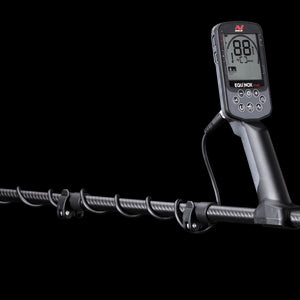
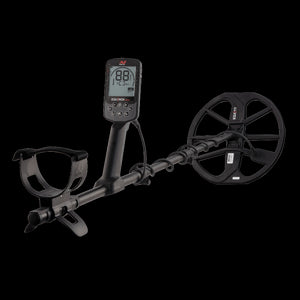
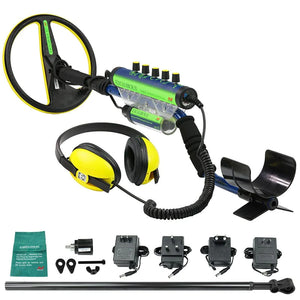

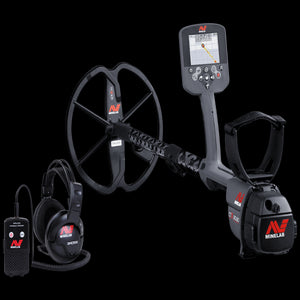
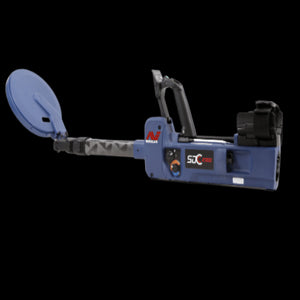
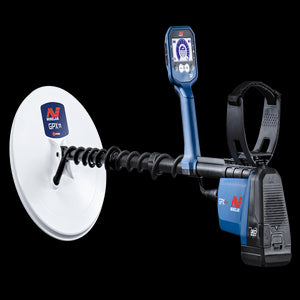
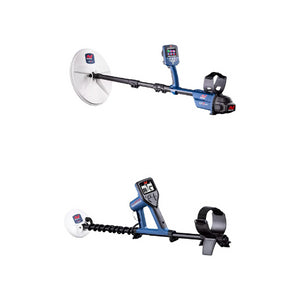

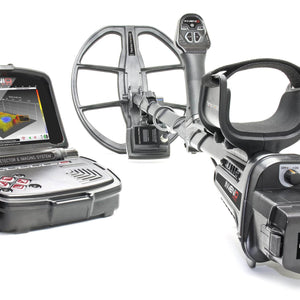
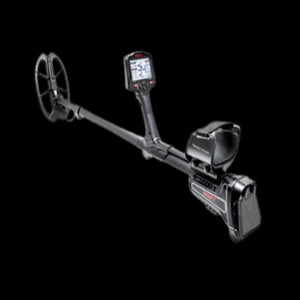
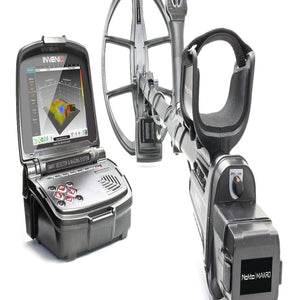
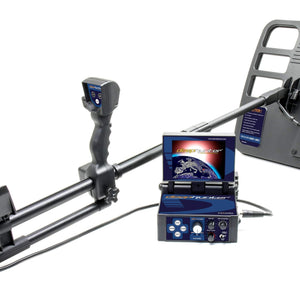
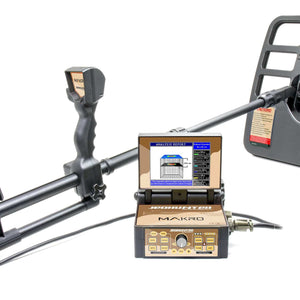
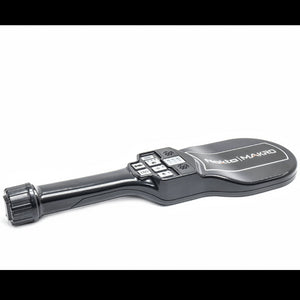
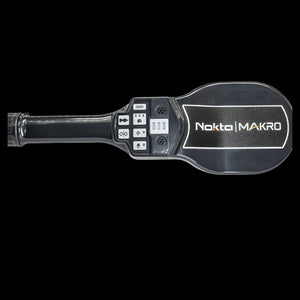
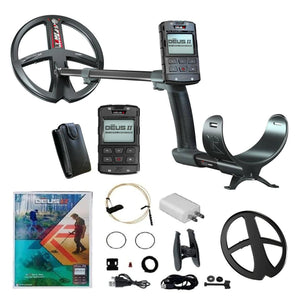
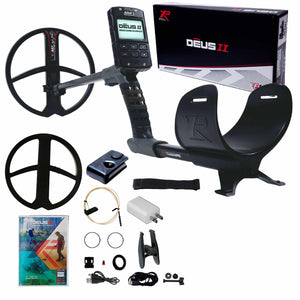
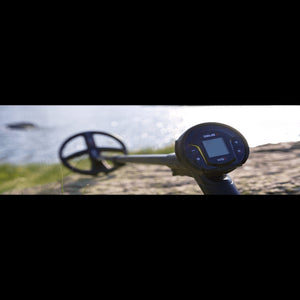
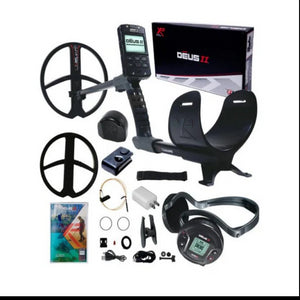
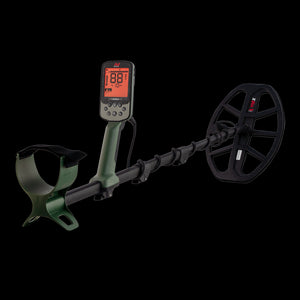
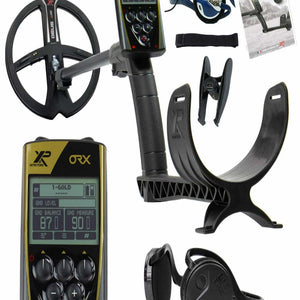
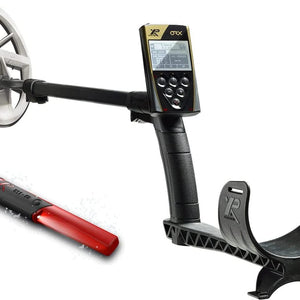
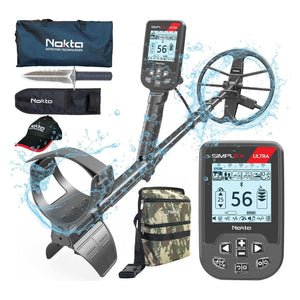
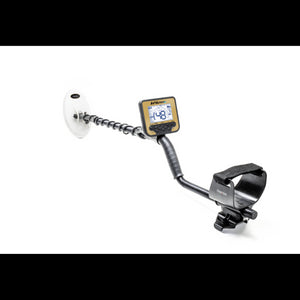
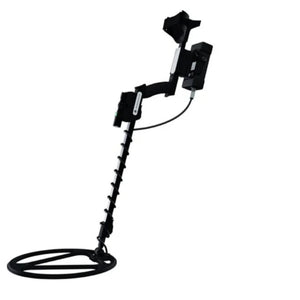
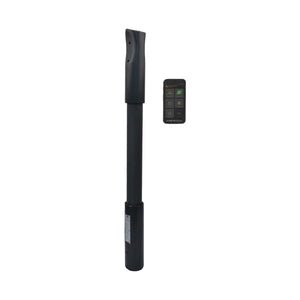
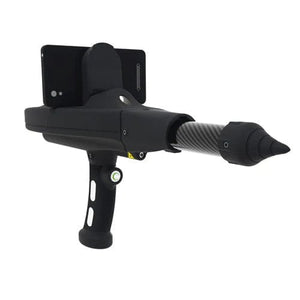
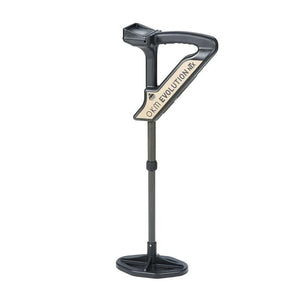
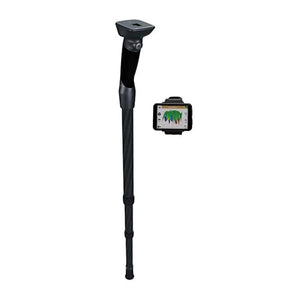
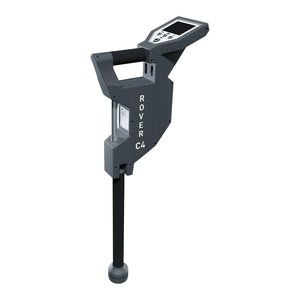
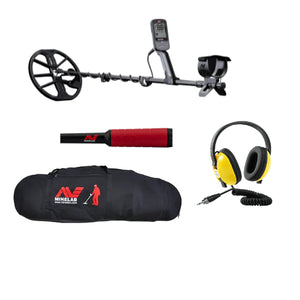
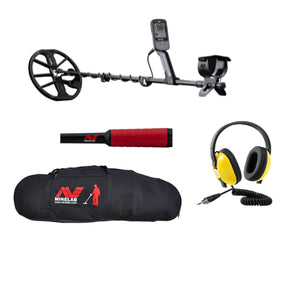
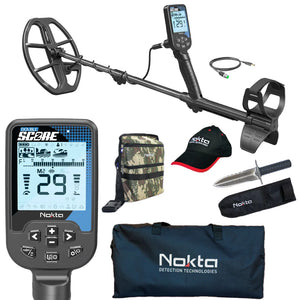
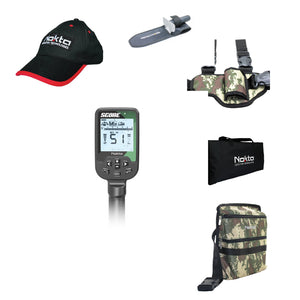
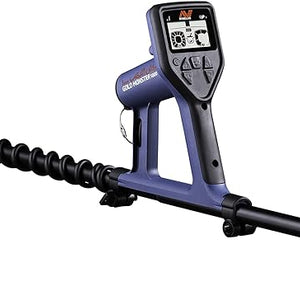




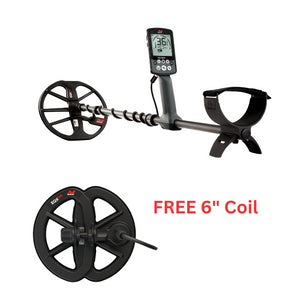

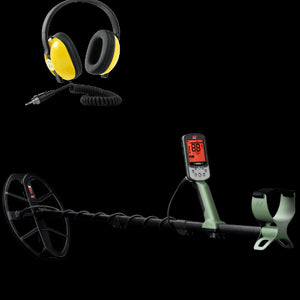
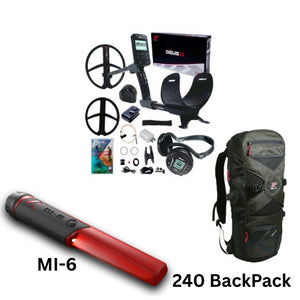
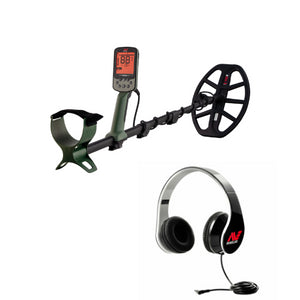
Leave a comment